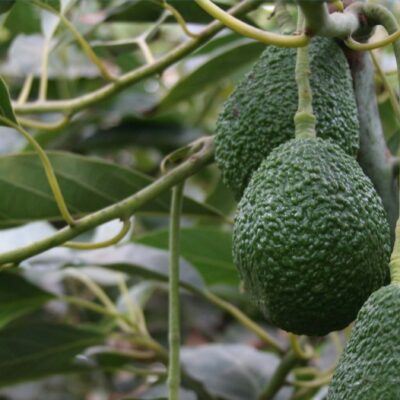Agricultural exporting sectors of the country

We represent six of the country’s main agricultural export sectors and together we generate the majority of formal rural employment.
All or a significant portion of these sectors depend on exports and, in turn, the domestic market depends on import prices.
The current level of a revalued exchange rate, in the context of the high increases in labor costs over the last three years, coupled with increases in inputs, put the viability of many companies in these sectors at risk.
There are many factors that influence the behavior of the exchange rate, including the weakness of the dollar in international markets.
A competitive exchange rate is necessary to promote exports, but it is also the best tariff to import cheap and sometimes subsidized products, without the need for safeguards or renegotiation of trade agreements. It also serves to reduce smuggling.
It is not easy to establish an equilibrium exchange rate or to influence it, however, there are possible actions: lowering the interest rate to reduce the incentive to speculative capital, increasing the reserves of the Central Bank and reviewing the origin of remittances in order to take measures are the easiest to apply.
With an exchange rate at this level, it is difficult for the government to achieve its objective of diversifying and growing agricultural exports.
A dynamic and growing export sector contributes to the generation of formal employment and welfare.






